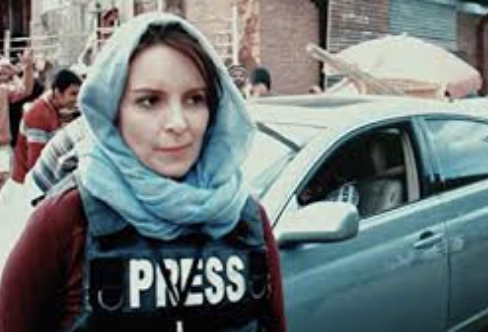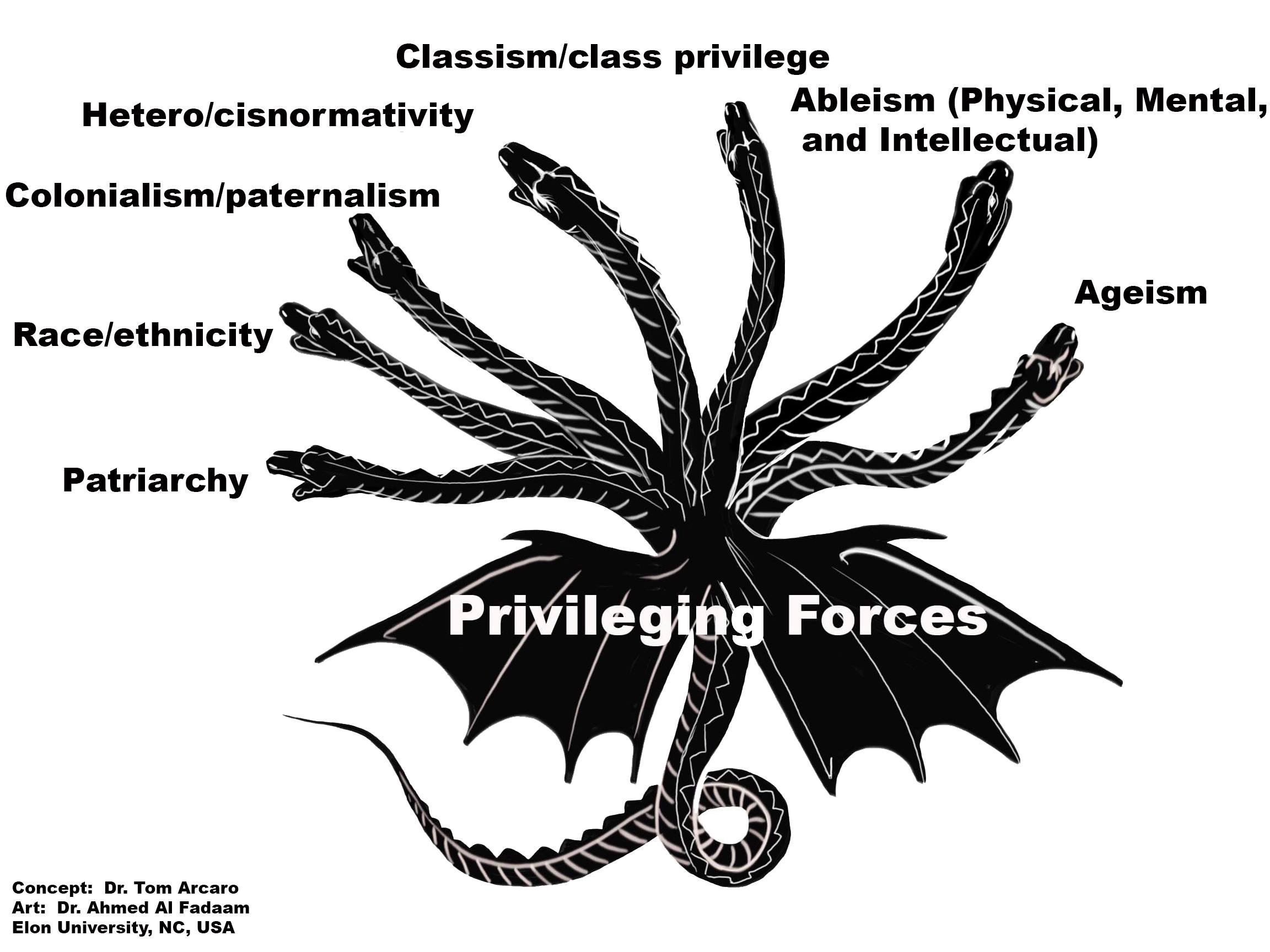[Note: I have now written a series of posts that were inspired by my invitation to speak at the 2019 ALNAP gathering in Berlin. All can be accessed by clicking here; it may be best to read them in chronological order, so you’ll need to scroll down to get to the first one.]
Looks matter
In the 2016 movie Whiskey Tango Foxtrot Tina Fey plays an embedded journalist in Afghanistan. The phrase ‘4-10-4’ is used by a marine commander as he admonishes the Tina Fey character not to fraternize with his men. The ‘4-10-4’ phrase refers to the fairly old and misogynist trope that we rate each other on attractiveness, much more so males rating females than the opposite, and that this rating is done on a 1-10 scale, ten being highly desirable.
The commander’s point is obvious, that attractiveness is a matter of context, such that back in New York City a woman that would be rated a four, in Kabul would be rated much higher, even a ten by the US (and coalition) military personnel.

This is not a new topic among social scientists and other academics. That attractiveness -and particularly female attractiveness- is a factor in social interaction is the subject of Debrorah Rhode’s 2010 book The Beauty Bias: The Injustice of Appearance in Life and Law which spawned the term ‘lookism’.
A new and perhaps useful term.
Lookism refers to differential treatment based on physical appearance. Rhodes argues this is an overlooked form of discrimination in American society, and that it functions in the same manner as other major ‘isms’ like racism and sexism. Looks do matter.
This is most decidedly not just an ‘American’ thing; lookism is as old as our species in the sense that ‘beauty’ equates to fitness, and sexual selection as an evolutionary force is quite powerful. To wit: global spending on beauty products is expected to reach USD 863 billion by 2024. By contrast, in 2018 only USD 28.9 billion was spent globally on humanitarian aid, orders of magnitude less than spent on beauty. Let that sink in.
 Another Hydra head?
Another Hydra head?
Have we identified another head on the Hydra? Likely not. As we look at the privileging factors, is seems logical to locate ‘lookism’ as a subset of Ableism. No credible data exists as to what degree ‘attractiveness’ or looks are a factor in the hiring and/or promoting humanitarian workers, for example, but the number is certainly not zero.
Putting the attractiveness rating aside, let’s explore further the general principle that one’s status is a matter of context.
Can we use the 4-10-4 rating system with other statuses?
Allow me tell on myself with an illustration from my past. In the last 30 years I have been able to travel extensively through my university and for research. Early in my career I was able to travel to rural India. In the United States I am very middle-class but in the context of the places I have traveled in rural India I am extraordinarily wealthy.
Just driving into the village I go from a ‘6 or 7’ to a 10 (or 15), so to speak. Being seen as extremely wealthy (and by extension) powerful by others, in retrospect, felt good, especially for a person like myself who grew up in abject poverty. Could this artificial boost in social status phenomena be a factor in why some from the ‘global north’ get into the humanitarian sector or why, for example ‘global north’ tourists like to travel to exotic (read: global south) locations?
So, yes, I think we must consider the 4-10-4 phenomena as a part of understanding our status array and positionality. As humans who naturally want to feel good about ourselves we tend to gravitate toward social situations which put us into a relatively higher rating, be it physical attractiveness, social class, or any of the other statues linked to the privileging forces represented by the Hydra.
The take away for this post is that mental work done by most humanitarians in the course of a typical day is enormous, and part of that work is necessarily identity management and social context awareness. Above I have identified two of the Hydra heads (Ableism and Class) and argued how these statues are clearly a matter of context. Being aware of one’s privileges takes constant work, but this is work that is critical as we deepen our efforts to confront the heads of the Hydra.


 Follow
Follow